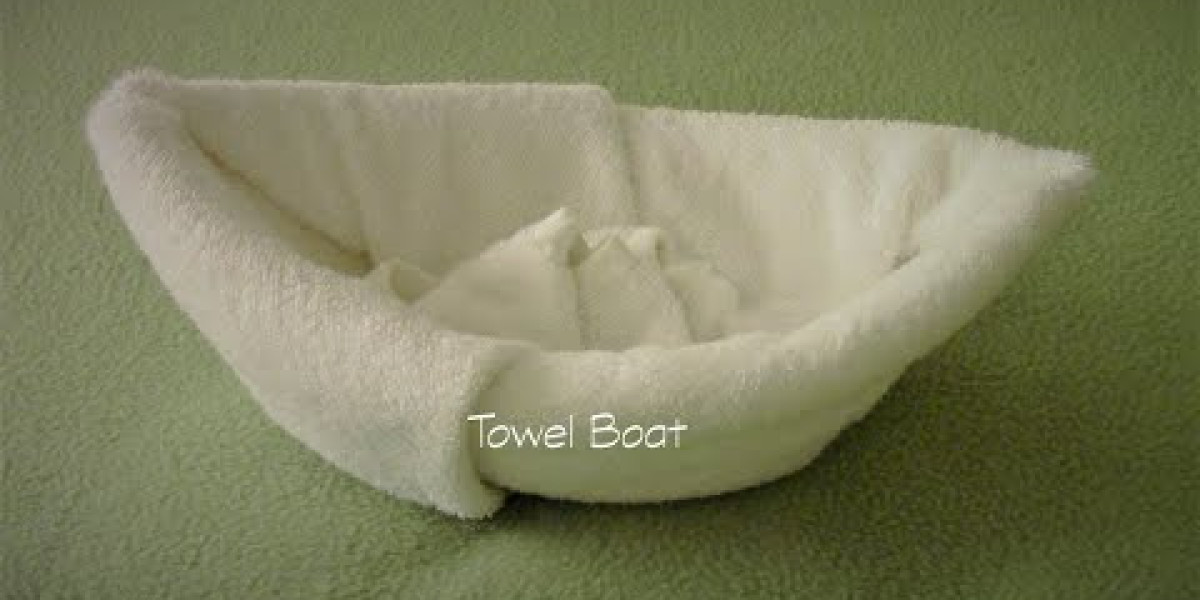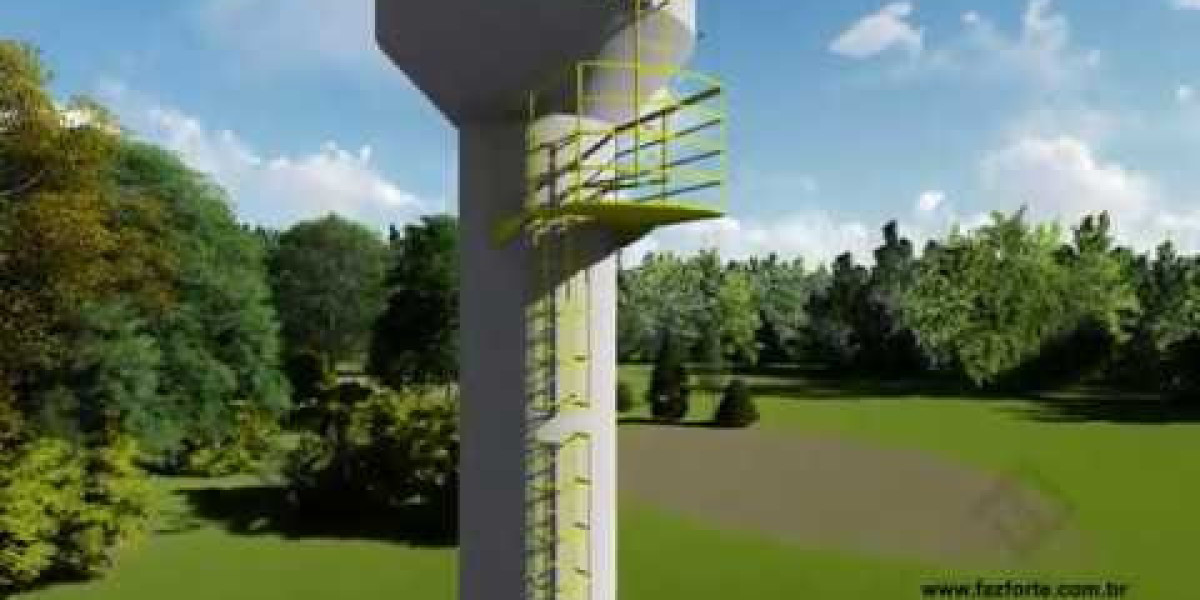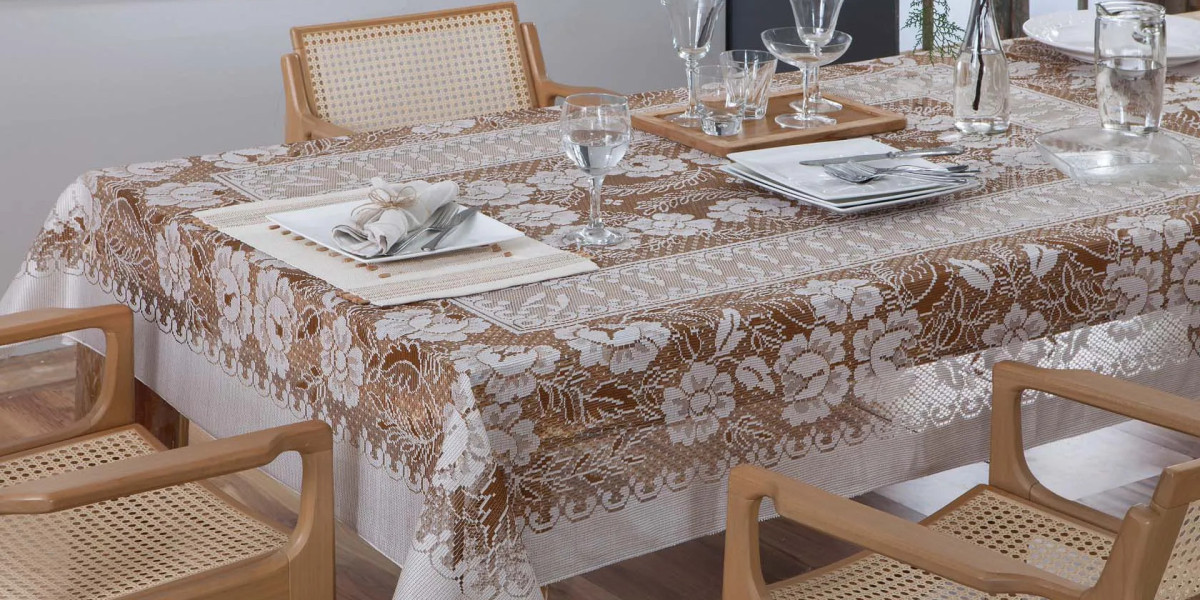Water Stopper: A Comprehensive Guide to Its Importance and Applications
Water stoppers are essential components in the construction and engineering industries, serving a critical role in preventing water ingress and ensuring the long-term durability of structures. Often used in concrete construction, water stoppers are designed to seal joints and prevent water from penetrating into buildings, dams, tunnels, bridges, and other infrastructure. They are typically used in areas that are exposed to moisture or water, such as basements, reservoirs, and swimming pools.
This article explores the different types of water stoppers, their materials, applications, installation methods, and benefits, as well as how they contribute to the sustainability and longevity of a structure.
What is a Water Stopper?
A water stopper, also known as a waterbar, is a sealing device that is used to prevent the passage of water through joints in concrete structures. It is typically placed at the construction joint, where two concrete pours meet, to ensure that no water seeps through the joint and into the interior of the structure.
Water stoppers are commonly used in the construction of dams, reservoirs, sewage treatment plants, tunnels, and underground basements, where water ingress can lead to severe damage or structural failure. These stoppers are designed to remain flexible and durable, maintaining their sealing properties over time and under various environmental conditions.
Types of Water Stoppers
There are several types of water stoppers available, each with its unique features and applications. The most common types include:
1. PVC Water Stoppers
Polyvinyl chloride (PVC) water stoppers are one of the most widely used types. PVC is a durable and flexible material, making it an ideal choice for preventing water ingress in concrete joints. PVC water stoppers are commonly used in structures where there is a need for high resistance to water pressure and where flexibility is required. They are highly resistant to chemicals and are often used in underground construction projects such as sewage treatment plants and basements.
2. Rubber Water Stoppers
Rubber water stoppers are made from high-quality synthetic rubber compounds, such as neoprene, nitrile, or EPDM (ethylene propylene diene monomer). These water stoppers provide excellent sealing capabilities, especially in high-pressure areas. Rubber water stoppers are commonly used in situations where the joints experience significant movement or where there is exposure to chemicals, high temperatures, or extreme weather conditions.
Rubber water stoppers are known for their flexibility, durability, and resistance to aging, making them suitable for a wide range of applications, including tunnels, dams, and swimming pools.
3. Hydrophilic Water Stoppers
Hydrophilic water stoppers are a relatively newer type of water stopper that swells when exposed to water. This swelling action creates an airtight seal, making them ideal for use in conditions where water pressure is variable. They are commonly used in joints that are exposed to moisture or groundwater, such as in underground construction and in structures subject to repeated wetting and drying cycles.
These water stoppers are particularly effective at providing a continuous seal in dynamic environments, where other types of water stoppers may not perform as efficiently.
4. Metal Water Stoppers
Metal water stoppers, typically made from stainless steel or galvanized steel, are used in highly specialized applications where the concrete joints are exposed to extreme pressure or where a more robust solution is required. These stoppers are usually installed in critical areas of the structure, such as in dams or water tanks, where water resistance and long-term durability are paramount. Metal water stoppers offer high strength and resistance to wear and tear, but they are generally more rigid than rubber or PVC options.
Benefits of Water Stoppers
Water stoppers offer numerous benefits that contribute to the longevity and performance of a structure. Some of the key advantages include:
1. Prevention of Water Ingress
The primary function of a water stopper is to prevent water from entering a structure. Whether in a basement, reservoir, or tunnel, water ingress can cause significant damage, leading to mold, rust, corrosion, and deterioration of the structure over time. Water stoppers provide a reliable barrier, preventing these issues and protecting the integrity of the building.
2. Enhanced Durability
Water stoppers are designed to withstand the harsh conditions typically found in construction joints, including extreme temperatures, pressure, and water exposure. As a result, they contribute to the overall durability of the structure, ensuring it remains waterproof and secure for many years.
3. Flexibility and Movement Accommodation
In many cases, concrete structures experience movement due to factors such as thermal expansion, settlement, or seismic activity. Water stoppers are flexible enough to accommodate these movements without losing their ability to form a tight seal. This flexibility ensures that the structure can handle stress and maintain its waterproofing properties even in dynamic environments.
4. Cost-Effective Solution
While the initial cost of installing water stoppers may seem high, they can ultimately save money by preventing water damage and the costly repairs that follow. Water ingress can lead to corrosion, deterioration of reinforcement, and the need for extensive waterproofing treatments, all of which can add up to substantial expenses. Water stoppers help to avoid these issues and protect the long-term integrity of the structure.
5. Environmental Protection
In projects where water contamination is a concern, such as in sewage treatment plants or water storage tanks, water stoppers help to maintain a clean and safe environment. By preventing the seepage of water into or out of the structure, they help to ensure that harmful chemicals or contaminants do not leak into the surrounding environment.
Applications of Water Stoppers
Water stoppers are used in a wide range of construction projects, particularly those that involve concrete structures exposed to water or moisture. Some of the most common applications include:
1. Dams and Reservoirs
Dams and reservoirs are designed to store large quantities of water, and any water leakage can compromise their safety and functionality. Water stoppers are used extensively in these structures to seal the joints between concrete segments and prevent water from seeping out of the reservoir or into the dam structure itself. They are especially important in high-pressure environments, where water pressure can be intense.
2. Tunnels and Underground Structures
Tunnels and underground structures are highly susceptible to water ingress due to their location below ground level. Water stoppers are critical in sealing the joints between segments of tunnel linings, ensuring that water does not seep into the tunnel. This is particularly important in transportation tunnels, sewer lines, and subways, where moisture can damage the structure and pose safety risks.
3. Basements and Foundations
Basements and foundation walls are often exposed to groundwater or surface water, leading to potential leakage and damage. Installing water stoppers at the construction joints in basements and foundations prevents water from infiltrating the structure, thus protecting the building’s foundation from water-related damage, such as mold growth and corrosion.
4. Swimming Pools and Water Tanks
Swimming pools and water storage tanks are constantly exposed to water pressure, making them vulnerable to leaks if not properly sealed. Water stoppers are used to seal the joints between concrete slabs in pools and tanks, ensuring that they retain water and remain leak-free. The use of water stoppers in these structures is critical to maintain the integrity and safety of the pool or tank.
5. Sewage Treatment Plants
Water stoppers are essential in sewage treatment plants, where the control of water flow is vital for the treatment process. These plants often involve large concrete structures, such as clarifiers and tanks, which must be sealed effectively to prevent water leakage and contamination. Water stoppers help to ensure that these structures remain watertight and efficient.
Installation of Water Stoppers
The installation of water stoppers is a critical step in the construction process. The method of installation depends on the type of water stopper being used and the specific requirements of the project. In general, the following steps are involved in the installation:
Preparation of Joints: Before installing the water stopper, the construction joints must be properly cleaned and prepared. This involves removing any debris, dirt, or moisture from the joint to ensure a secure bond.
Placement of the Water Stopper: The water stopper is then placed into the joint, ensuring that it is aligned properly and securely positioned. For flexible water stoppers like rubber and PVC, the material is often shaped to fit the contours of the joint.
Sealing the Joint: After the water stopper is in place, the joint is sealed by applying concrete or other materials. The water stopper will be embedded in the concrete, ensuring that it remains in place and functions effectively as a barrier against water.
Testing and Inspection: Once the concrete has set, the installation is inspected to ensure that the water stopper is securely in place and that the joint is fully sealed. If necessary, the structure may be tested for water leakage to verify the effectiveness of the water stopper.
Conclusion
Water stoppers are an essential part of modern construction, providing a reliable and cost-effective solution for preventing water ingress in concrete structures. By ensuring that joints remain sealed, water stoppers contribute to the durability, safety, and environmental sustainability of buildings, dams, tunnels, and other infrastructure. With a range of materials and types available, including PVC, rubber, hydrophilic, and metal water stoppers, builders can choose the most appropriate solution for their specific needs. Proper installation and maintenance of water stoppers ensure that structures remain watertight for years, protecting both the building and its occupants from the damaging effects of water.







